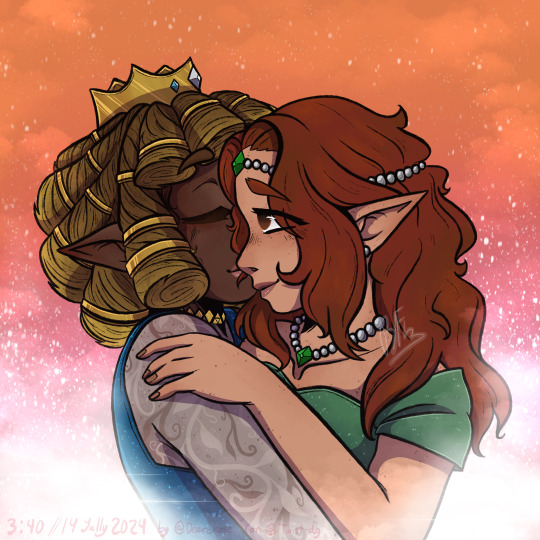#divine gemstones Saphire
Explore tagged Tumblr posts
Text

Here goes Ruby and Saphire from @divine-gemstones for @twist-dg I did for art fight!
The web site's lagging so it won't be there for a bit, I'll add it later when it works better ^^
#art#zelda#loz#zelda fanart#legend of zelda#the legend of zelda#divine gemstones zelda#divine gemstones#divine gemstones Saphire#divine gemstones Ruby#dg saphire#dg ruby#dg fanart#divine gemstones fanart#art fight 2024#art fight#art fight attack
44 notes
·
View notes